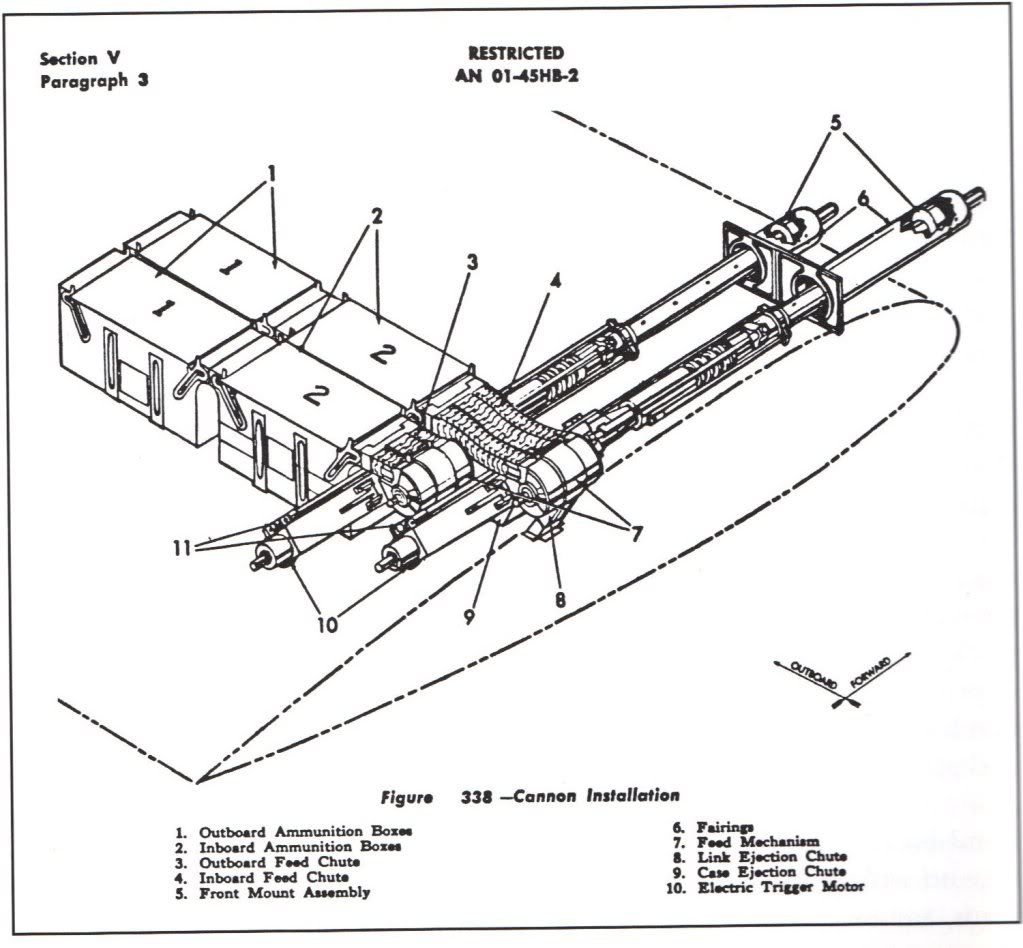According to physics, a 3-6 meter tall moving body is possible. But it would need 4 legs, which needs to be very large, short and would have a problem with speed.
By only using 2 legs, puts a huge requirement on internal structure, material and
balance technique. (The balance control for 2 legs, is key and requires a computer similar to a human brain to do that)
For example the T-Rex, which is the largest 2 legs moving body ever to walk on land, had a huge tail for balance, and the brain was very developed in the "body movement area".
Physics puts a limit on weight and size of any moving object on earth because of gravity. Gravity is relative, which is why tiny critters can run on water and large animals such as whales, can only be found in water.....since water negates the weight.
Your suggestion of 3-6 meters robots are possible according to physics, but to be able to move, you need either 4 legs or wheels, or some other way of moving the body weight on a bigger surface then what 2 legs and feet can do.
So far, science has only been able to create a 2 legged moving machine in the size of a human, and with a weight less then 100kg (0.1 ton).
The worlds most advanced moving robot, is azimo:
https://en.wikipedia.org/wiki/ASIMO
Physics allows for a larger moving body with 2 legs then Azimo, but its an engineering question to get locomotion in the right balance, which scales up in difficulty with weight.
The mechs weight would need to be from 100kg up to 2-3 tons, for 2 legs to work.
Physics can in fact calculate the heaviest possible locomotion for 2 legs. Which means 2 legs for a body over a certain weight is impossible on earth.
This is only a problem on earth, since earth is a quite large gravity well.
A larger mech with weights of 50 -100 ton would be easy to use on the moon for example. You still need the balance technology, but the weight would not stop you, as it does on earth.
If you want any moving body that's heavier then 10 tons, it requires 4 legs or more, or any other solution for locomotion that spreads out the weight to make the mech possible, on earth.
Source:
https://en.wikipedia.org/wiki/Legged_robot





